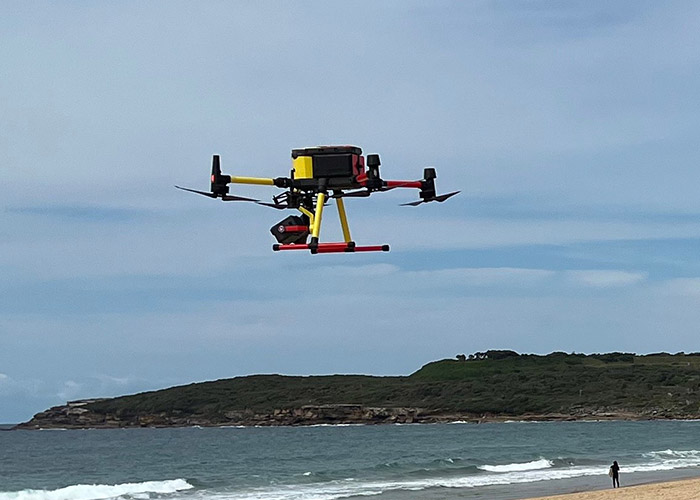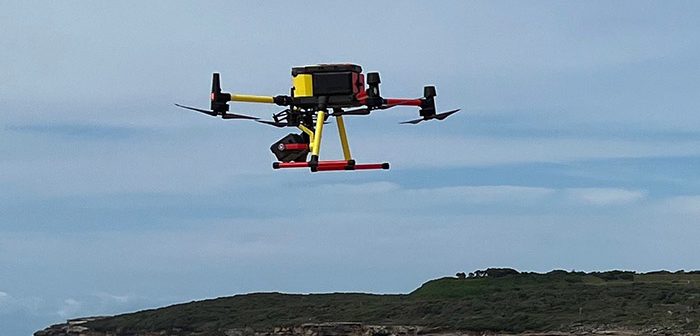
Babcock Australasia and Surf Life Saving NSW have joined forces to pursue long-range drone technology and services that could radically transform the state’s surf lifesaving operations into a broader national asset for disaster prevention, response, and recovery.
The two parties have formally signed a memorandum of understanding. The MOU will explore opportunities to modernise and enhance coastal operations using beyond-visual line-of-sight remote pilot aircraft systems (RPAS).
Primary areas of focus will include improving air observation and intelligence-gathering capabilities for search and rescue, environmental monitoring, shark watch, national disaster relief RPAS services and maritime operations that mitigate the need for traditional rotary-wing operations.
Babcock and Surf Life Saving NSW, via its subsidiary Australian UAV Service, will now jointly evaluate potential long-range technology platforms to meet requirements, with suitable solutions progressed through to testing, initially along the NSW Central Coast.
“A partnership between Babcock Australasia and Surf Life Saving NSW presents a unique opportunity,” said Babcock Australasia CEO Andrew Cridland. “Combining our complementary skills and capabilities for emergency management response means we will be able to respond more frequently and with greater levels of service to our customers.”
“We know how important surveillance along our beaches and waterways can be, particularly in summer, so we welcome the opportunity to partner with AUAVS and utilise our aviation expertise to develop and deliver transformative long-range technologies and services that will help save lives,” he added.
“By leveraging long-range RPAS technology, the partnership will modernise and extend the capabilities of Surf Life Saving’s coastal and emergency response operations,” said Surf Life Saving CEO Steve Pearce.
“Proactive and reactive missions, such as search and rescue, will benefit from greater operational agility, real-time data collection, and increased reach. This will substantially improve detection, response times and success rates in both localised and large-scale incidents.”






